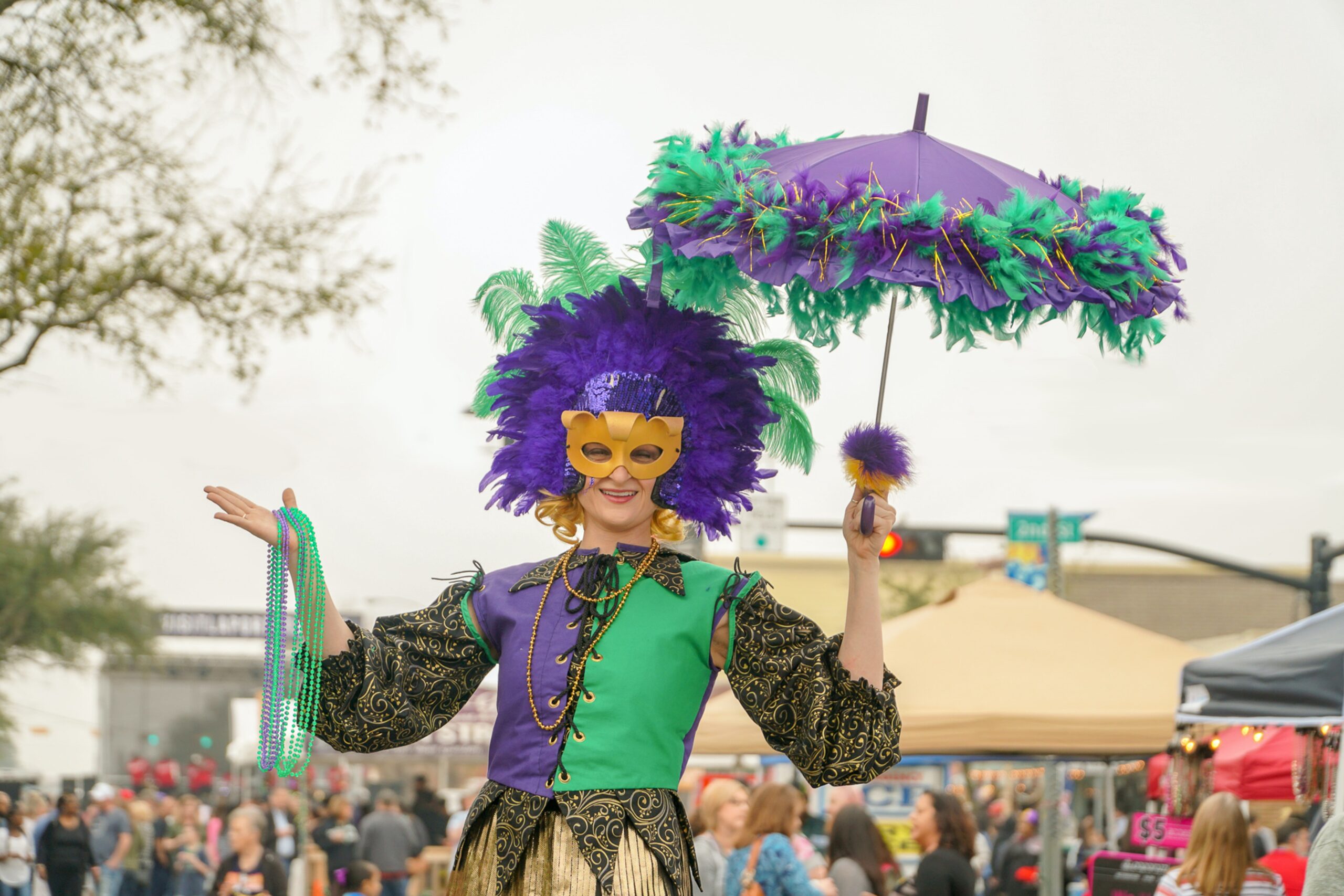
musihhu (“clown” – “he who brings to laugh”). It seems the term first occurred in the 20th century BC, with other words appearing next to it being related to laughter and humour, e.g. The profession of aluzinnu provides the possibility that the jester may have been a recognisable role in ancient Mesopotamia (see this paper from Maddalena Rumor on the subject). The Pharaoh’s response is the first instance known to us of a monarch delighting in a jester: “Come northward to the court immediately thou shalt bring this dwarf with thee … to rejoice and gladden the heart of the king of Upper and Lower Egypt, Neferkere, who lives forever.” 2323-2150 BC) an official wrote to the Pharaoh Neferkere to let him know he’d found a dancing dwarf.

They were asked to be dancers and entertainers.ĭuring Egypt’s Sixth Dynasty (c. Pharaohs employed Pygmies – people who lived south of Egypt and who were short in stature – as the first jesters in history. Pharaohs ruled in the Fifth Dynasty from the early 25th century BC until the mid-24th century BC – a period of about 150 years. The first accounts of the jester that historians report goes back to the Fifth Dynasty of Egypt. Įarly jesters were popular in ancient Egypt and entertained Egyptian pharaohs. Perhaps they are a defining characteristic of the human species thus the role of the jester, or jester-like behaviour, could have originated tens of thousands of years ago, or possibly even millions of years ago when humour may have first evolved.

clowns), from many cultures in the world, extending far back in time, there is uncertainty as to when jesters first emerged. While we have accounts of jesters, or similar figures (e.g.

How far back in history can we find the presence of the jester? This is a somewhat difficult (if not impossible) question to answer. Keying Up – The Court Jester (1879) by William Merritt Chase


 0 kommentar(er)
0 kommentar(er)
